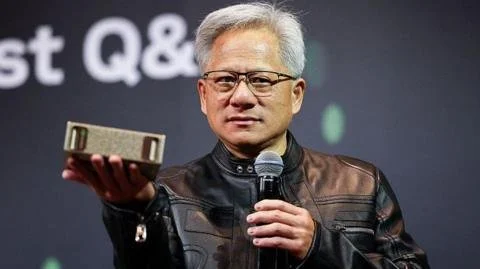China's AI Chip Revolution: Is Nvidia's Reign Under Threat?
Rivalry Between Giants: The article dives into the escalating competition between China and the U.S. in the realm of artificial intelligence (AI) chips, fueling discussions about the future of technology dominance. China’s substantial investments in AI and robotics aim to challenge the longstanding supremacy of Silicon Valley’s Nvidia.
China’s Bold Moves: Highlighting significant milestones, the piece notes the rise of DeepSeek, a Chinese startup that made waves with its AI model rivaling OpenAI’s ChatGPT, boasting lower training costs and fewer high-end chips than competitors. This launch was pivotal, causing a temporary drop in Nvidia’s market value, underscoring the potential of China’s tech landscape.
Local Powerhouses Rising: Major players such as Alibaba have begun producing chips equivalent to Nvidia’s H20 semiconductors, while Huawei made strides with powerful new chips and a plan to enhance domestic reliance on Chinese technology. Other firms like MetaX and Cambricon Technologies are gaining traction, underlining a concerted push by Chinese companies to manufacture advanced chips.
Challenges Ahead: Despite progress, experts warn that Chinese chipmakers may still lag behind their American counterparts, particularly in complex analytics and robust performance metrics. There’s caution regarding the ambitious claims made by these companies amidst concerns over inconsistent testing benchmarks.
US Perspective: Nvidia’s Jensen Huang acknowledges the strengths within China’s tech sector, urging the U.S. to remain competitive amidst an evolving landscape. The ongoing tariff wars and geopolitical tensions bolster Beijing’s commitment to reducing reliance on foreign technology and becoming self-sufficient in AI development.
Future Outlook: The article suggests that while China has made significant strides, it still depends heavily on U.S. technology for the most advanced chips. Experts project that while breakthroughs are occurring, achieving complete independence in chip technology could take another five years. The narrative concludes with a hint that the competition’s next chapters are yet to unfold, posing the question—will China’s ambitions reshape the future of global technology?

